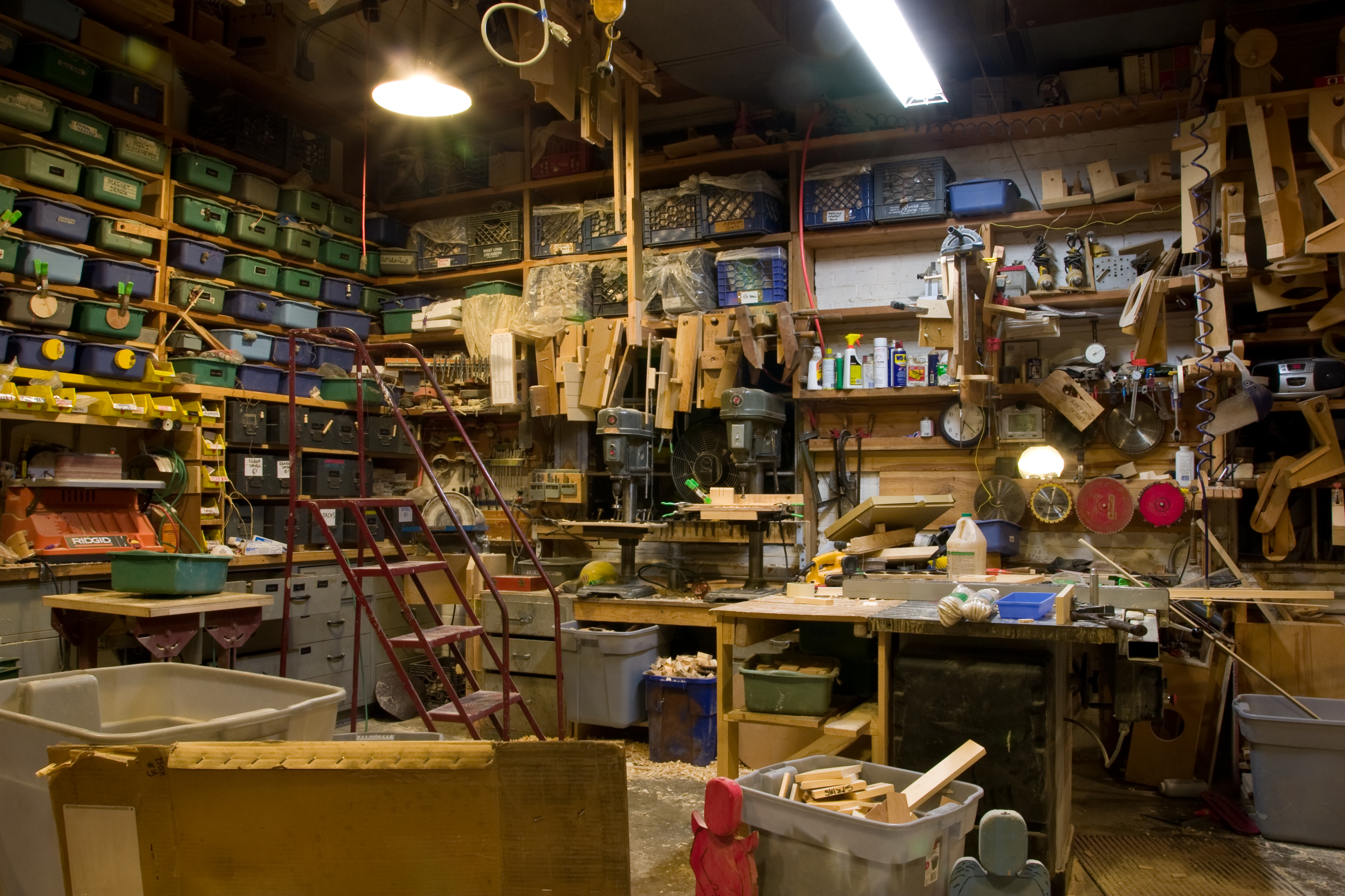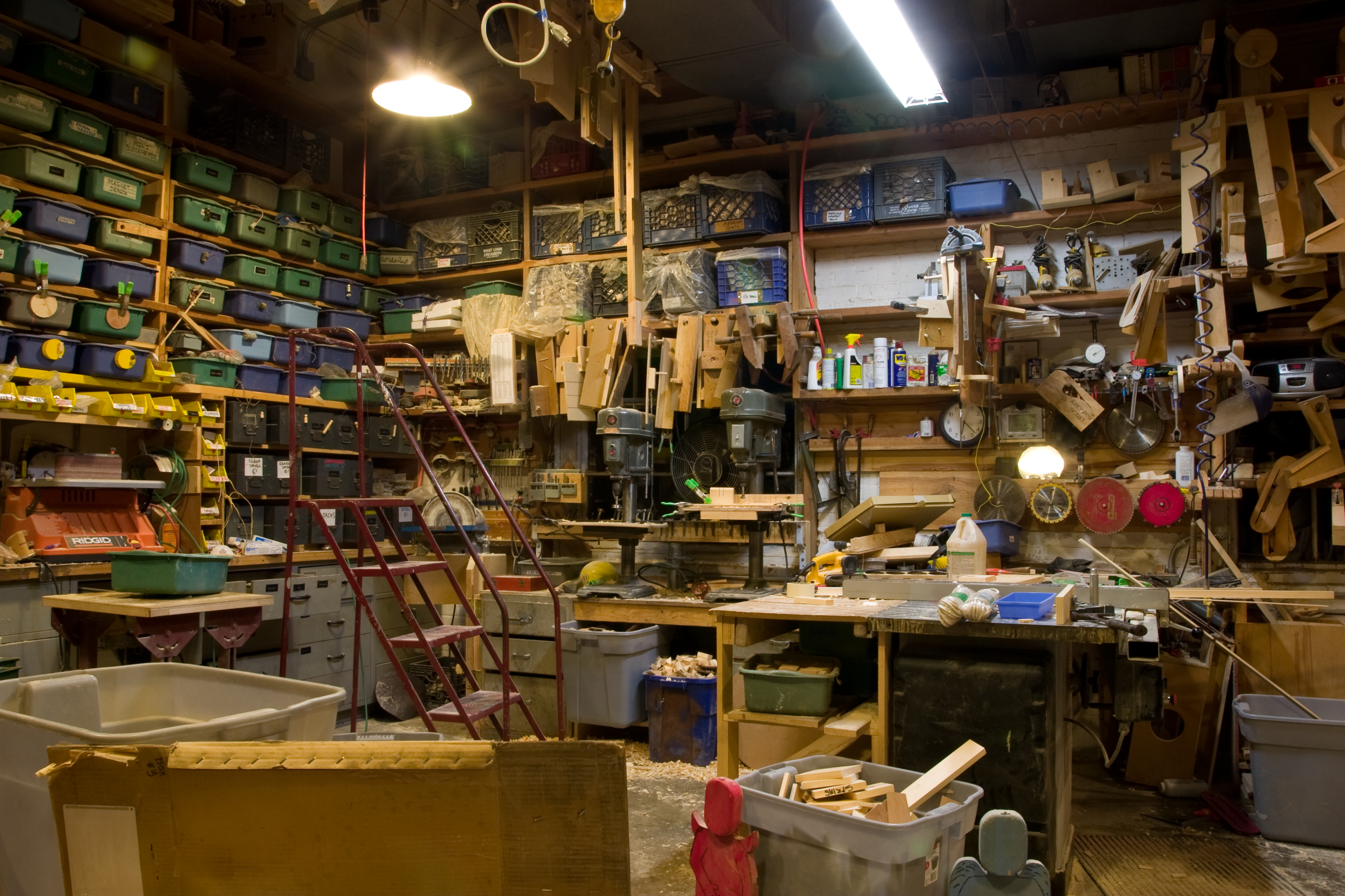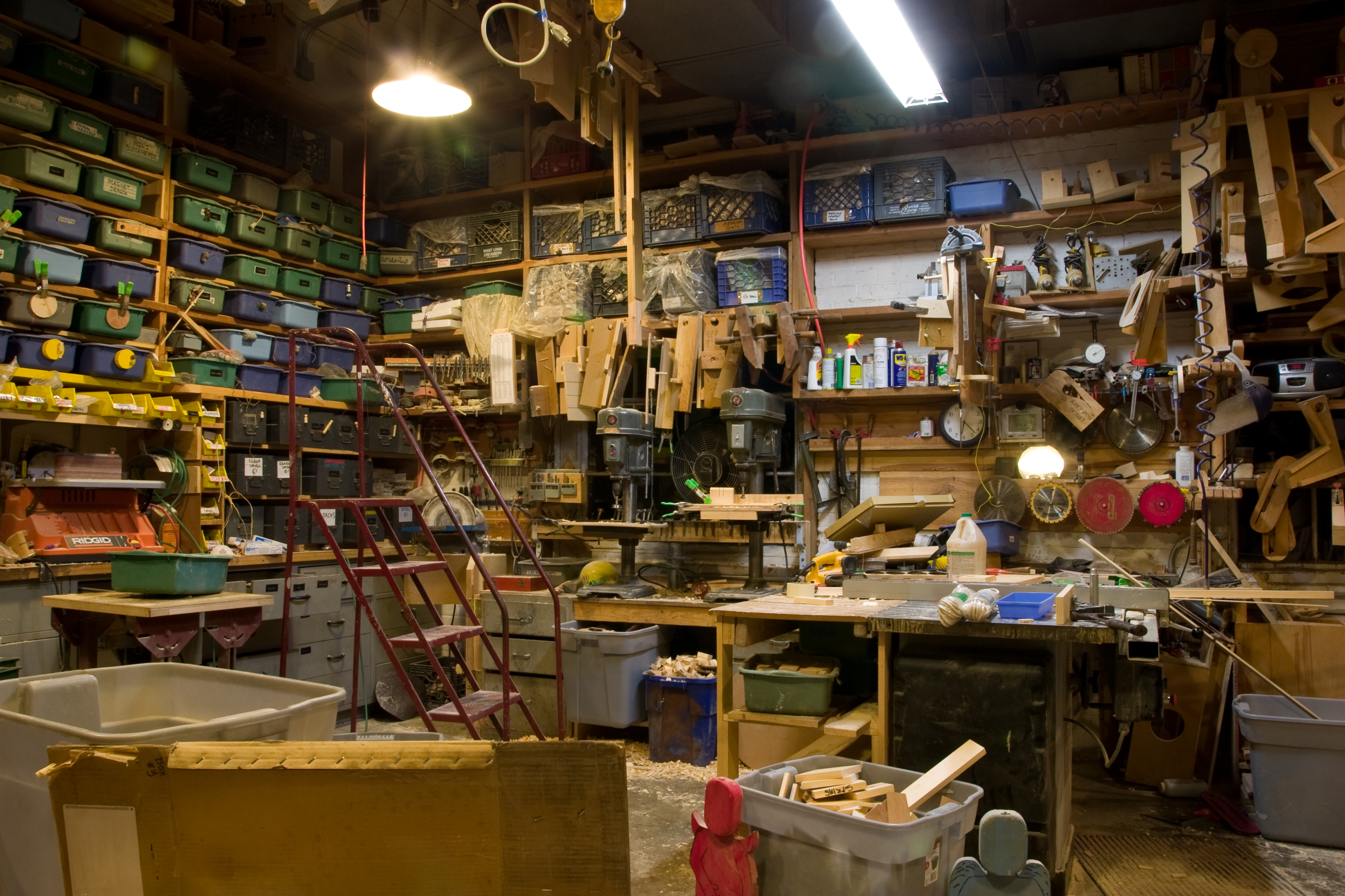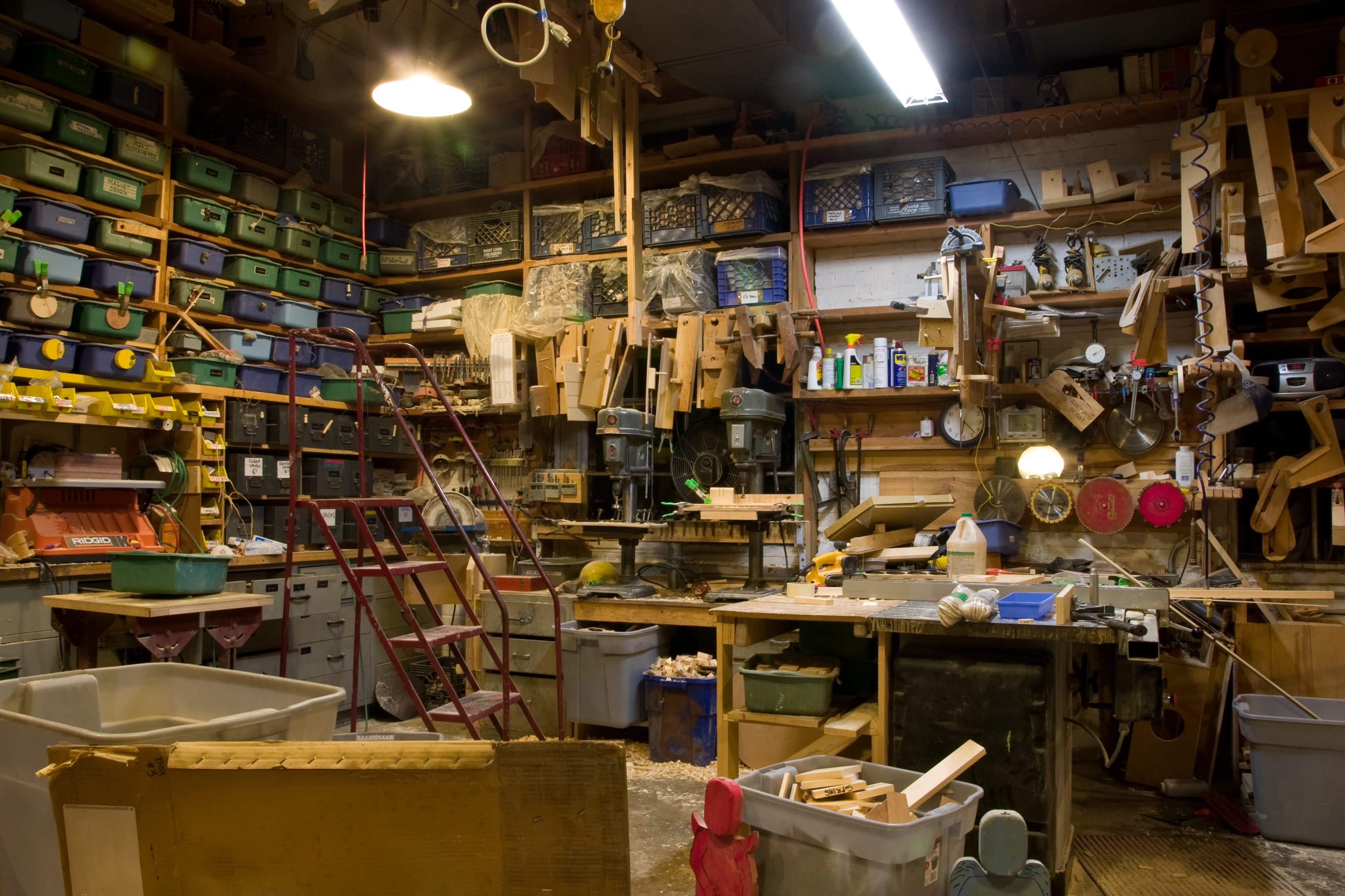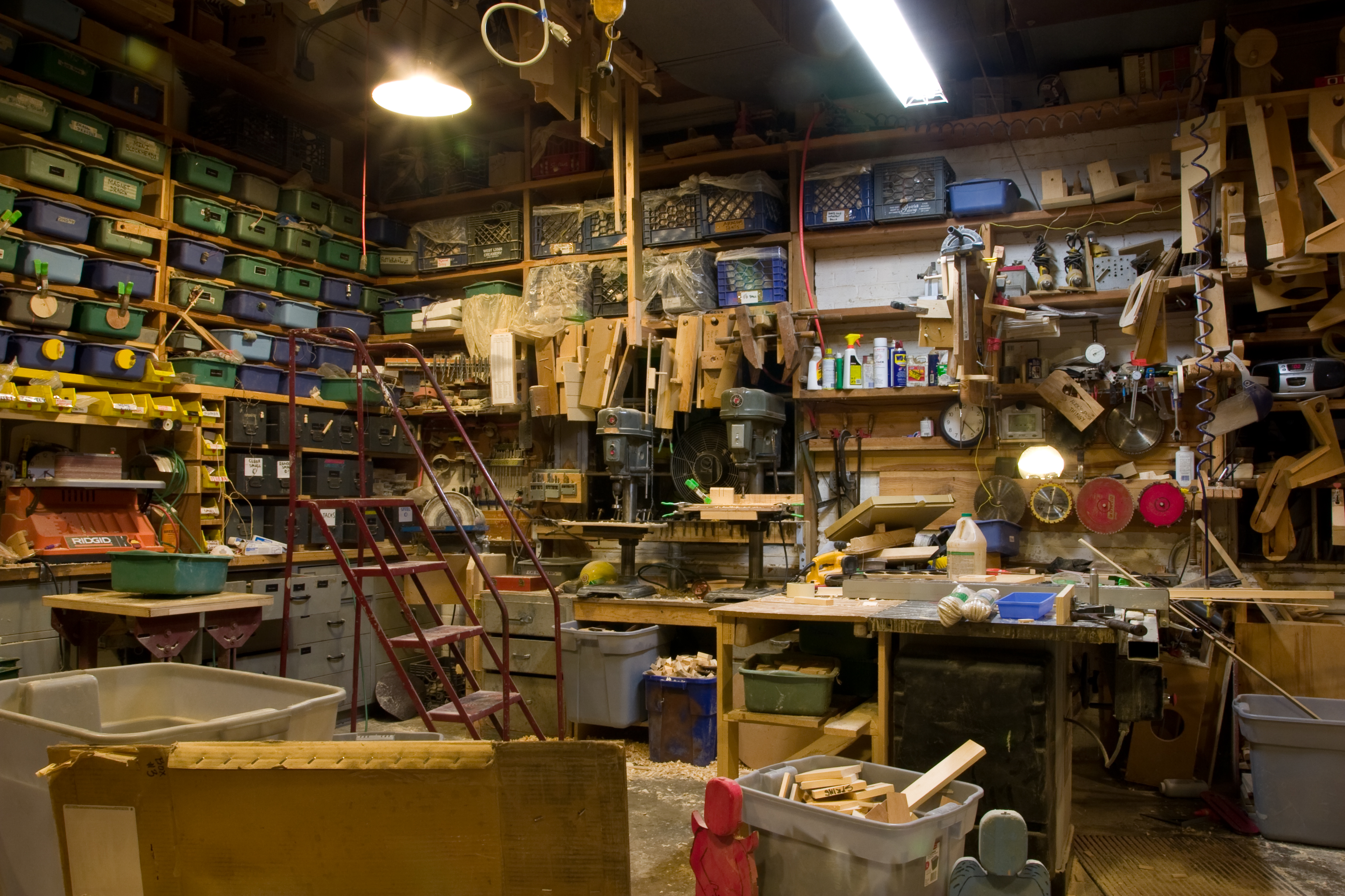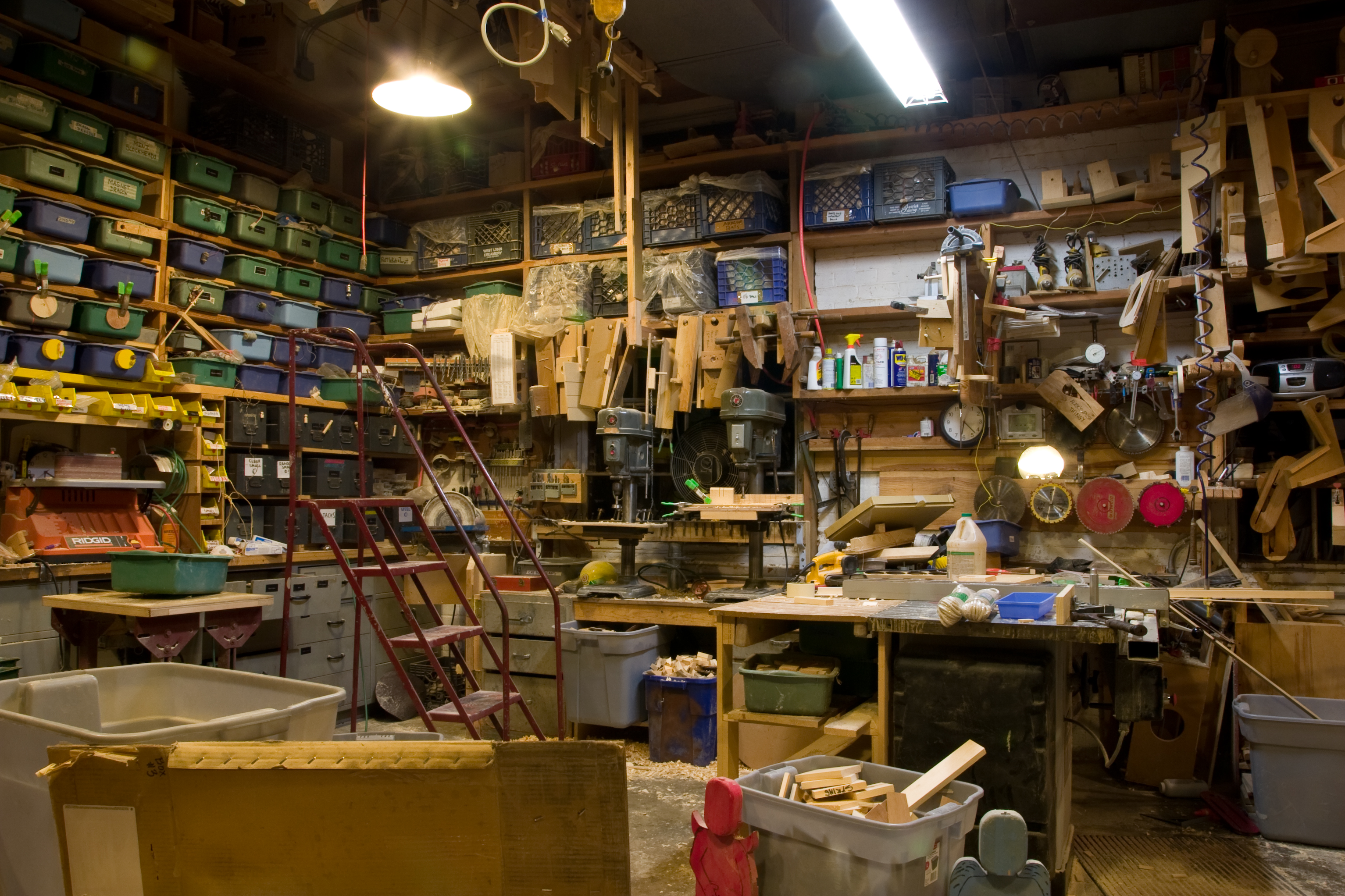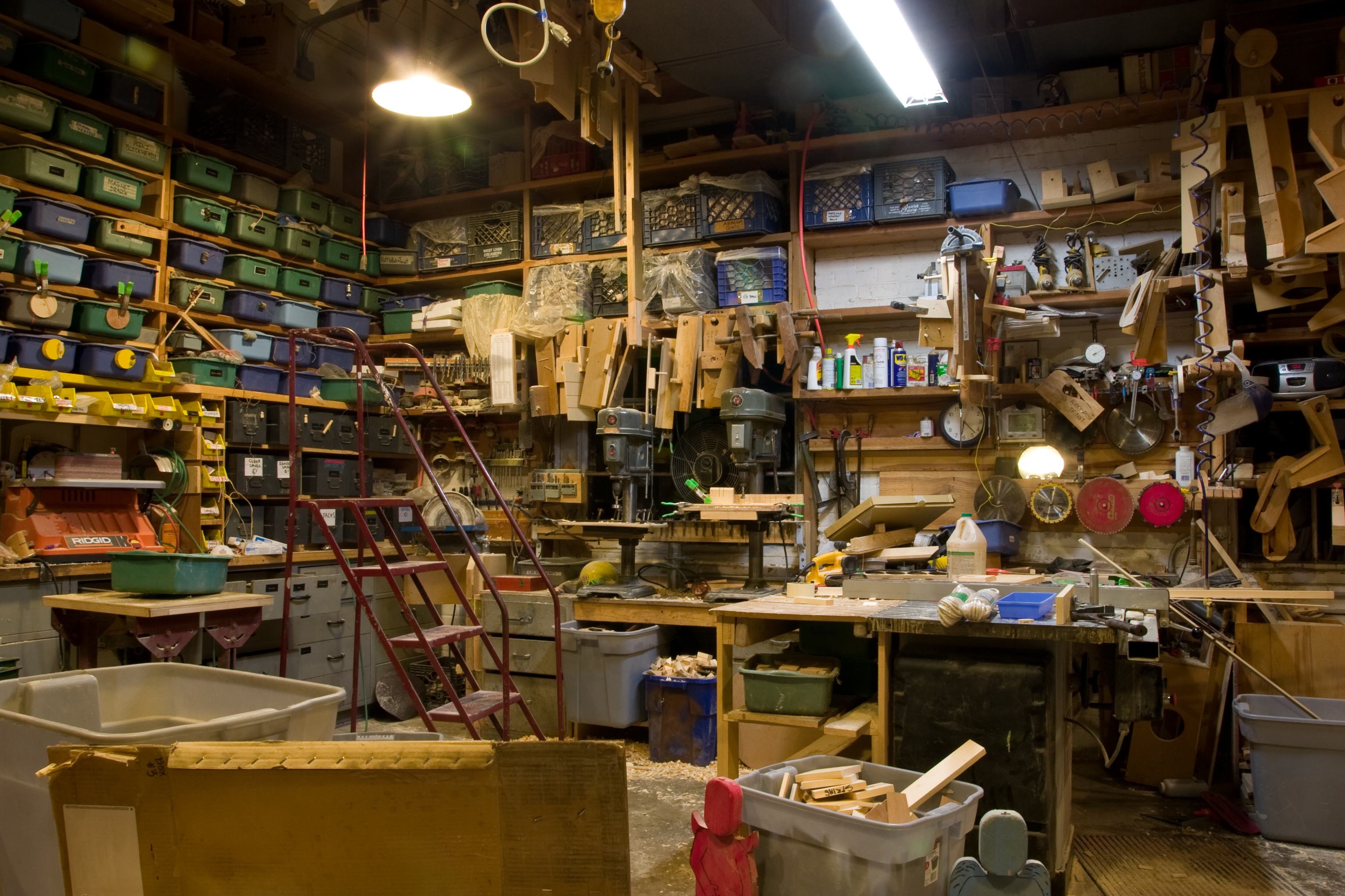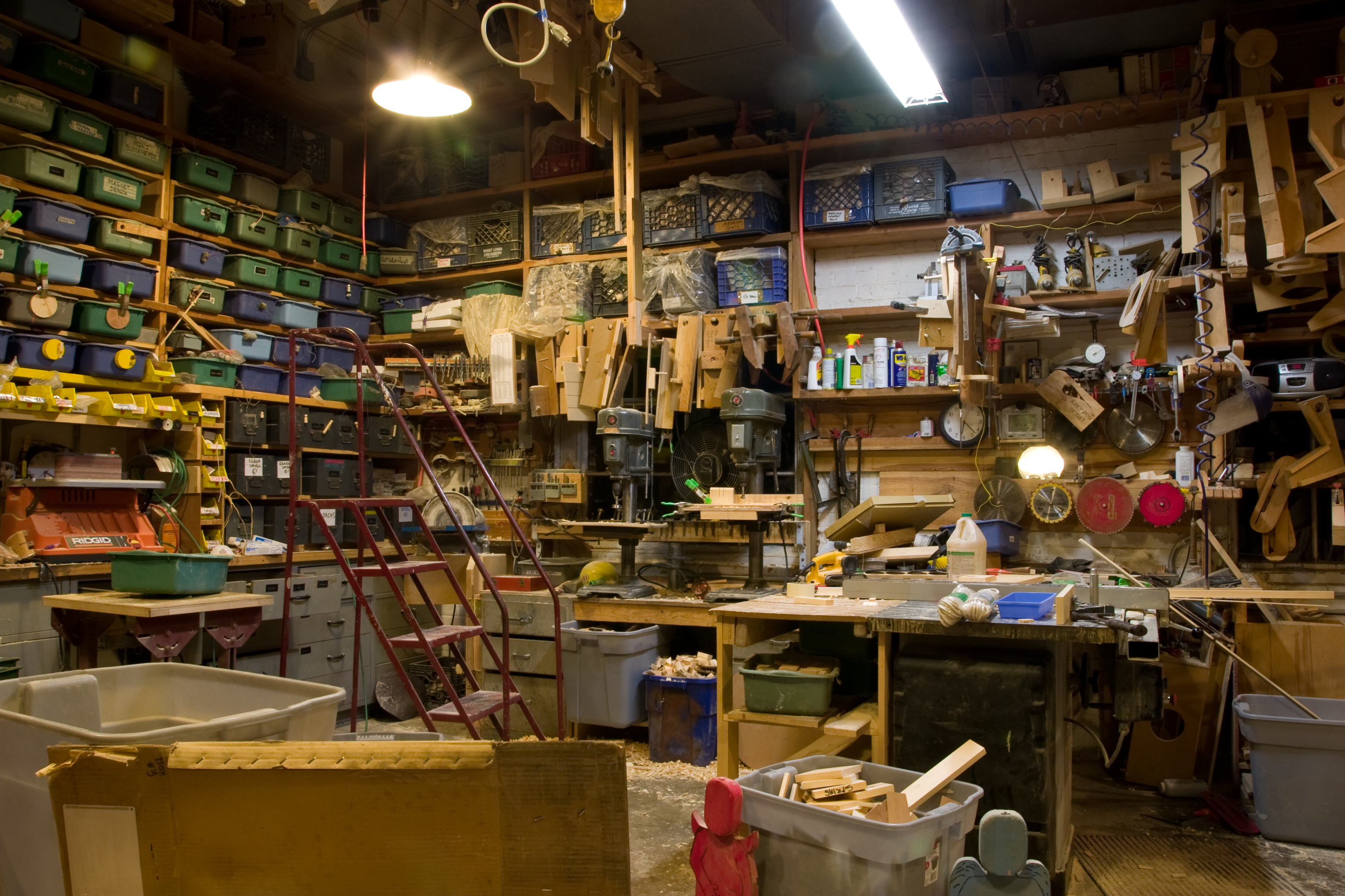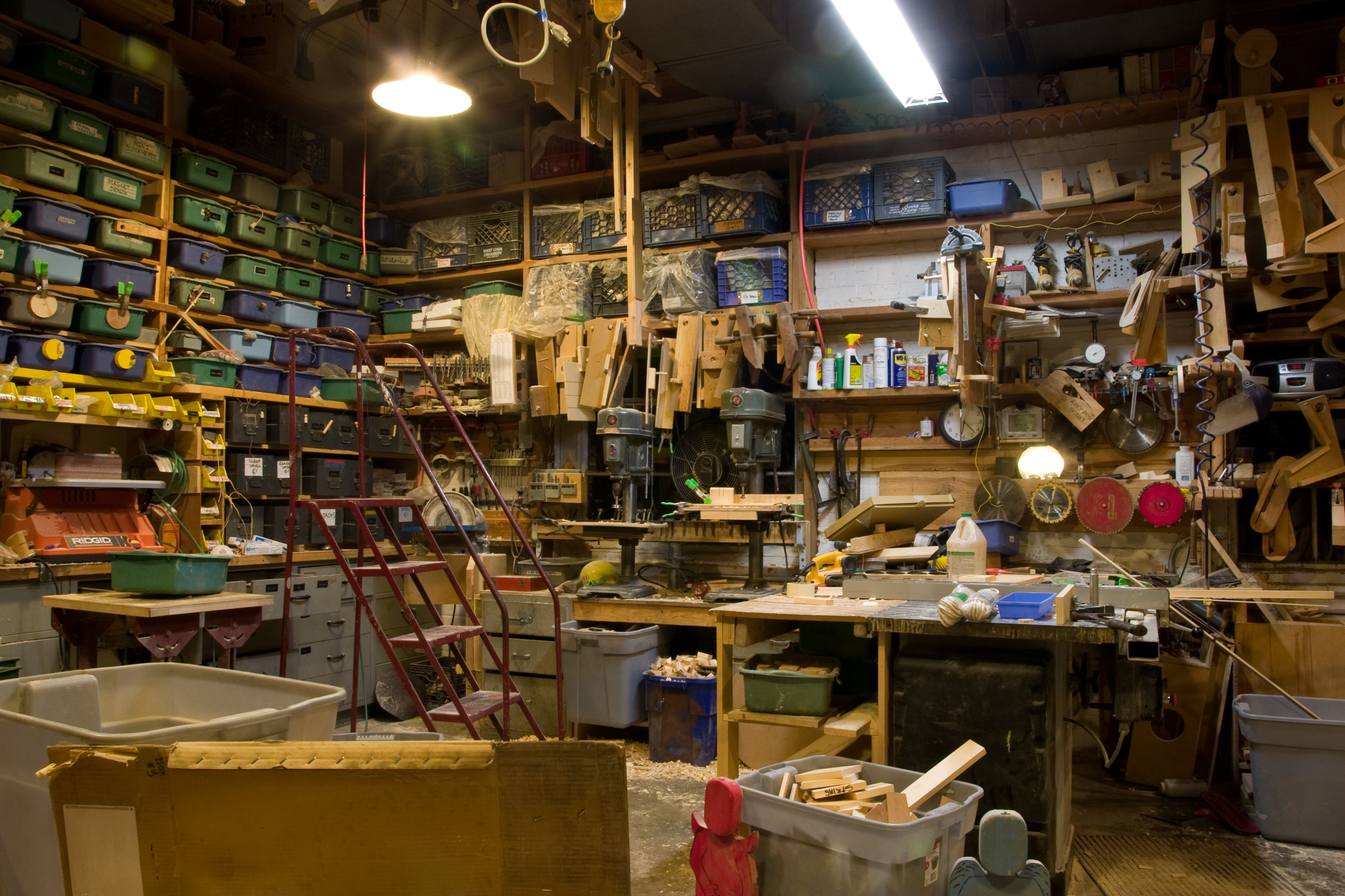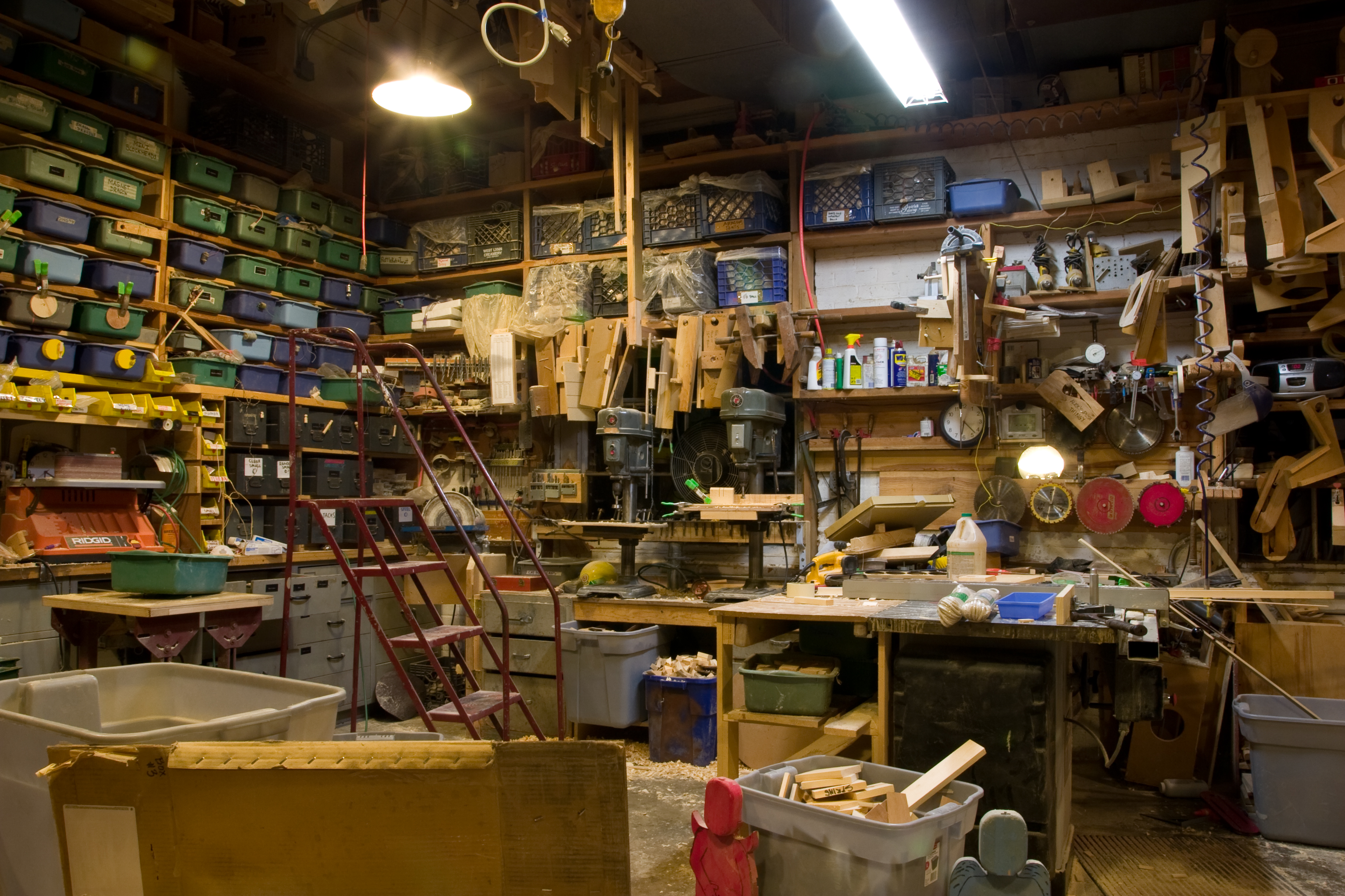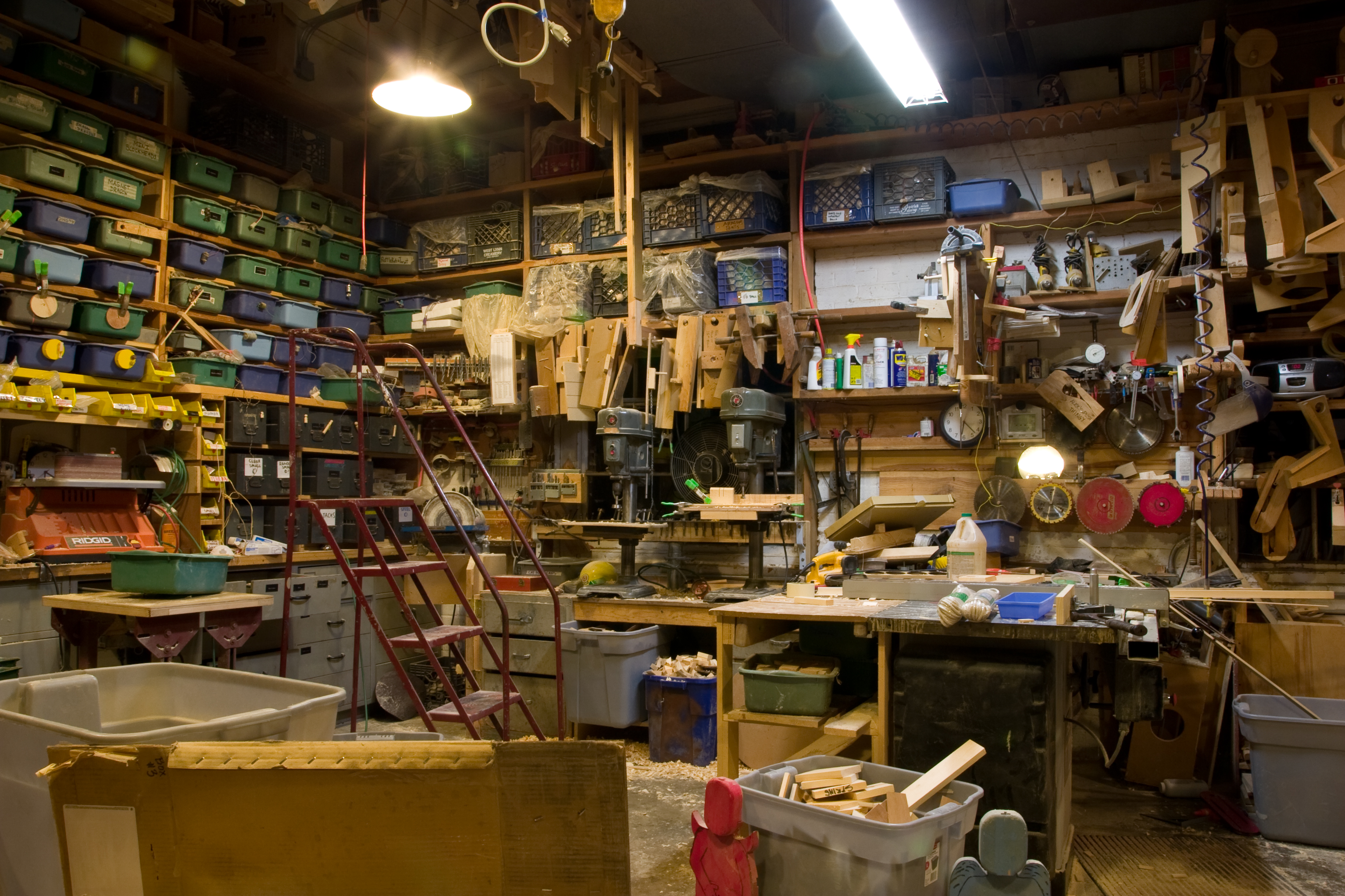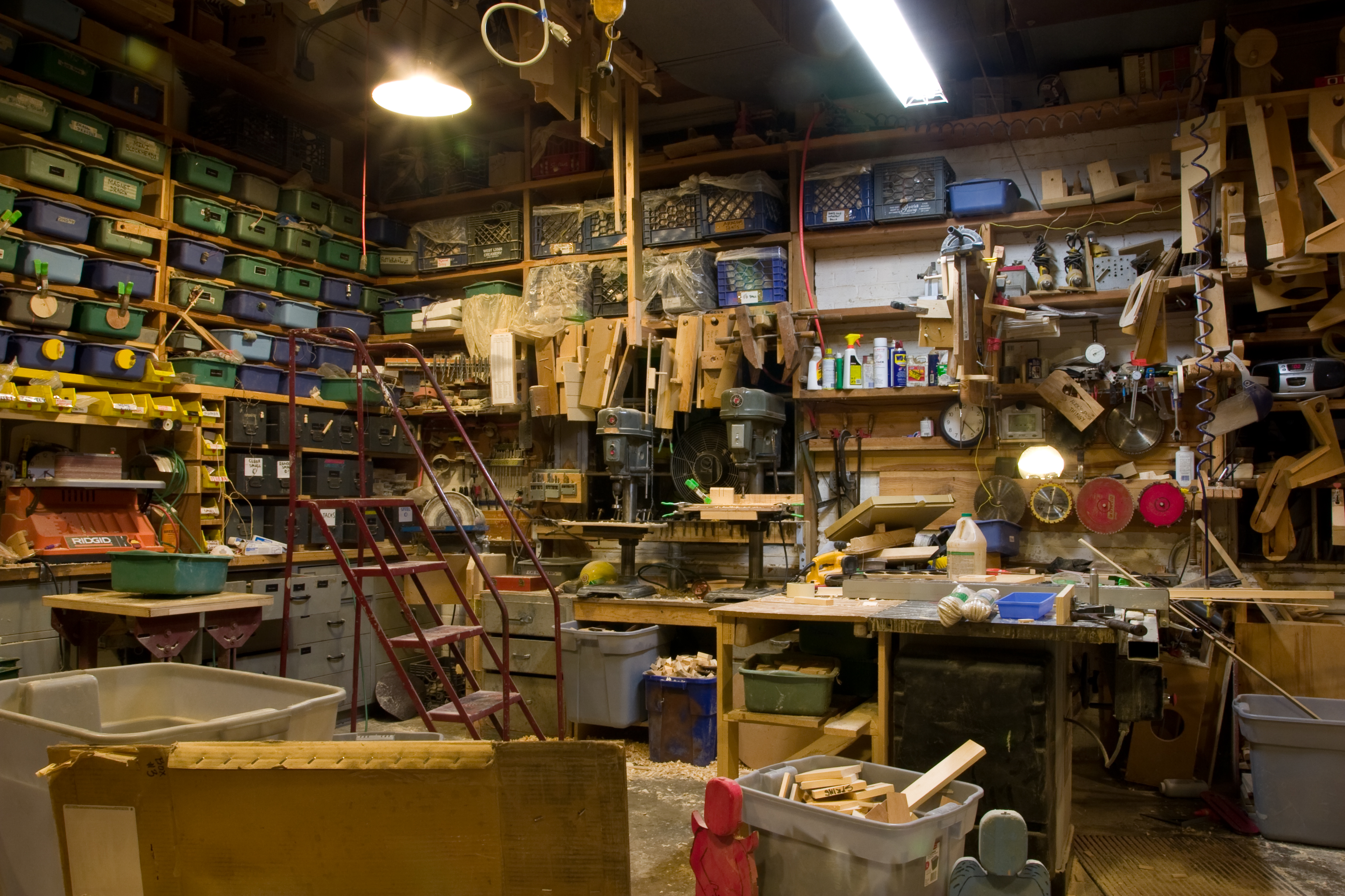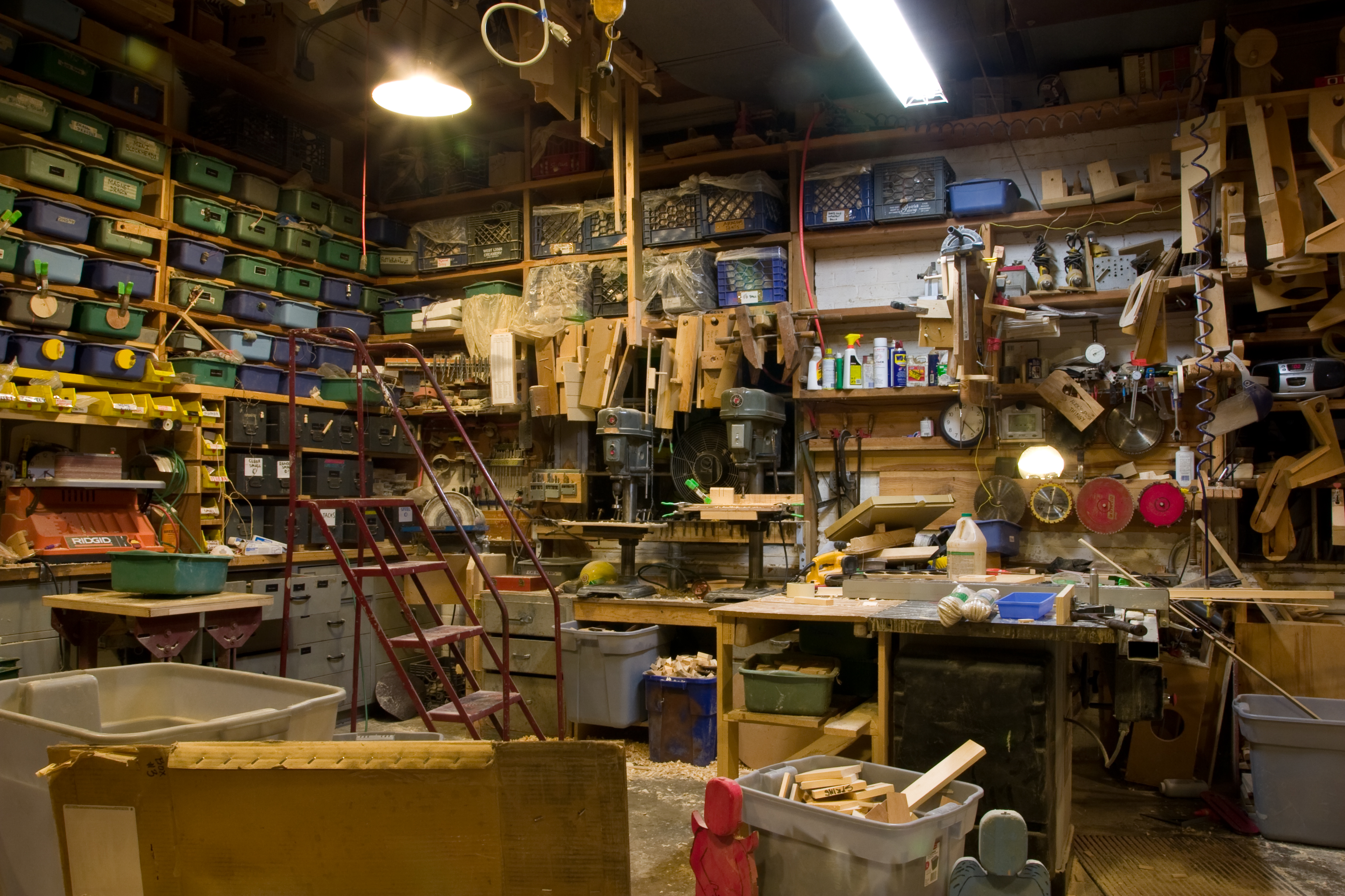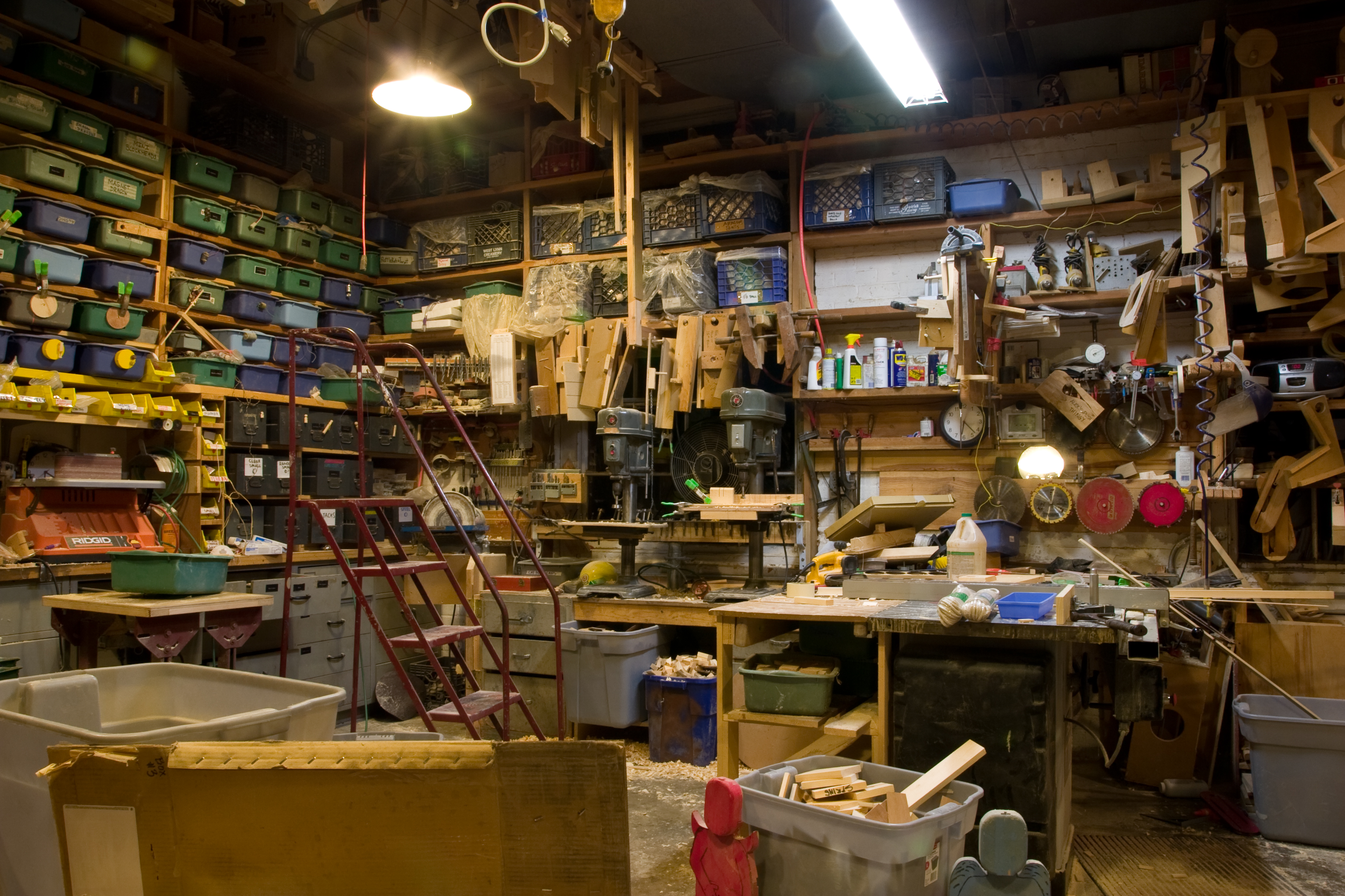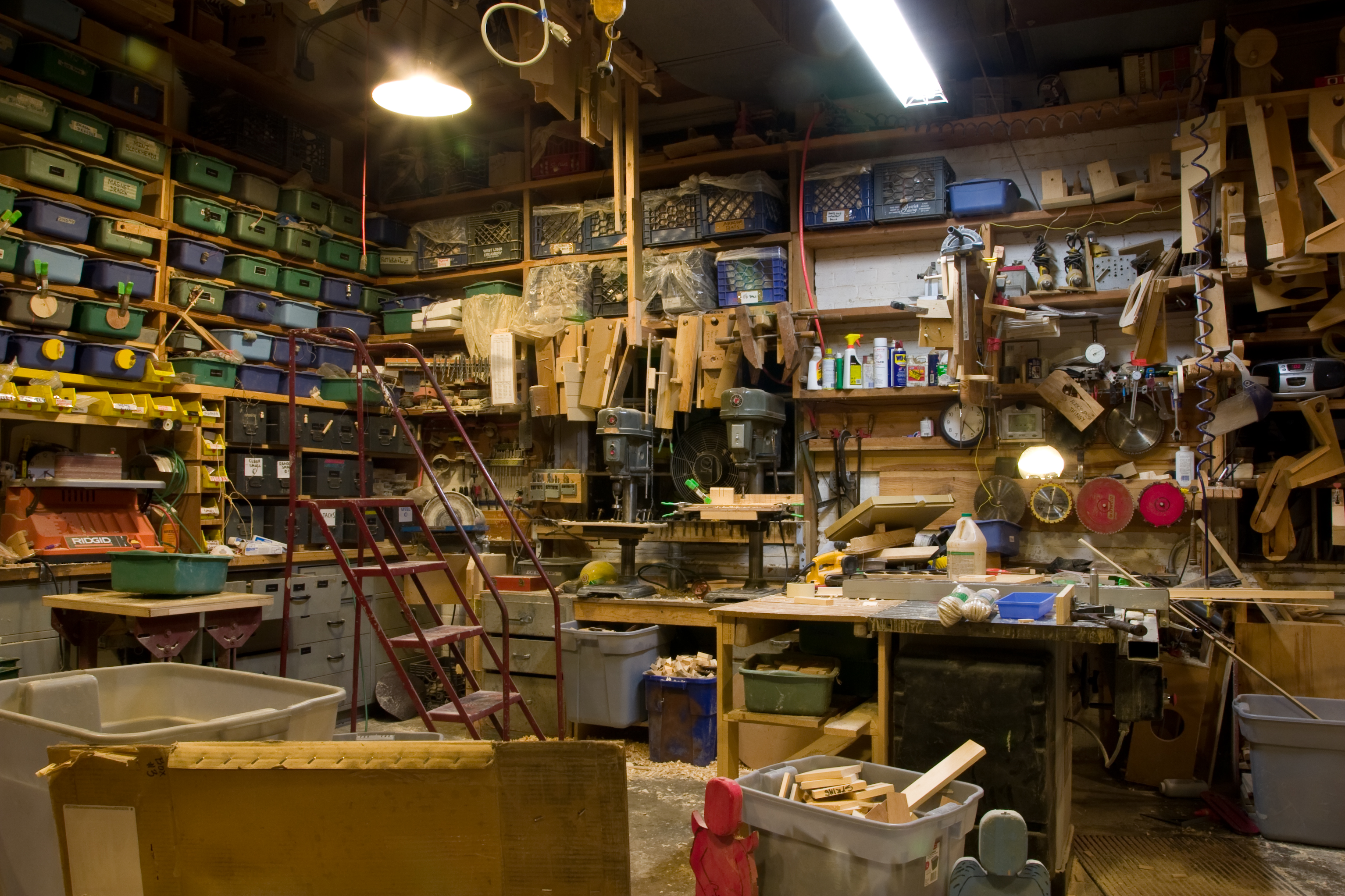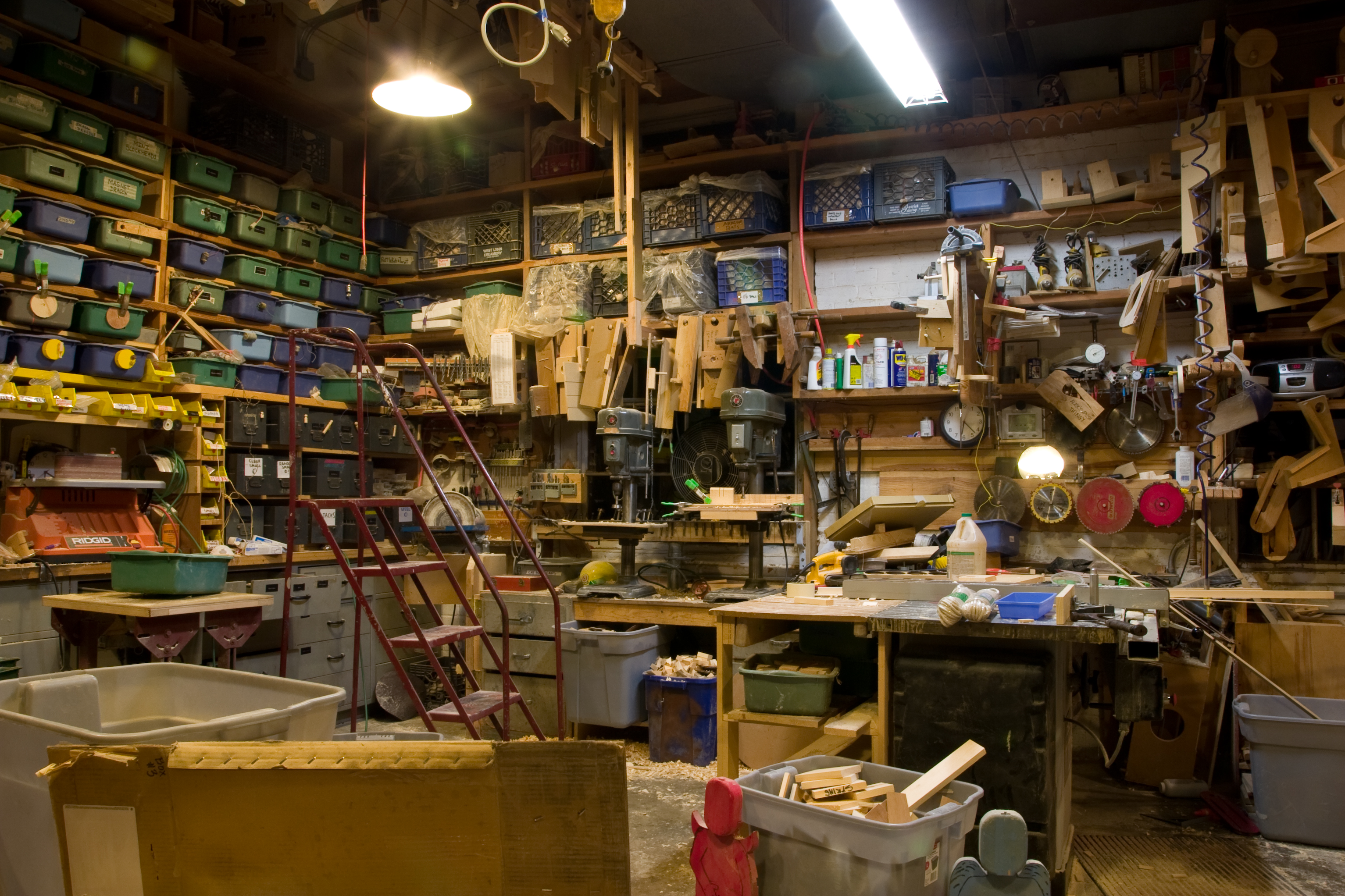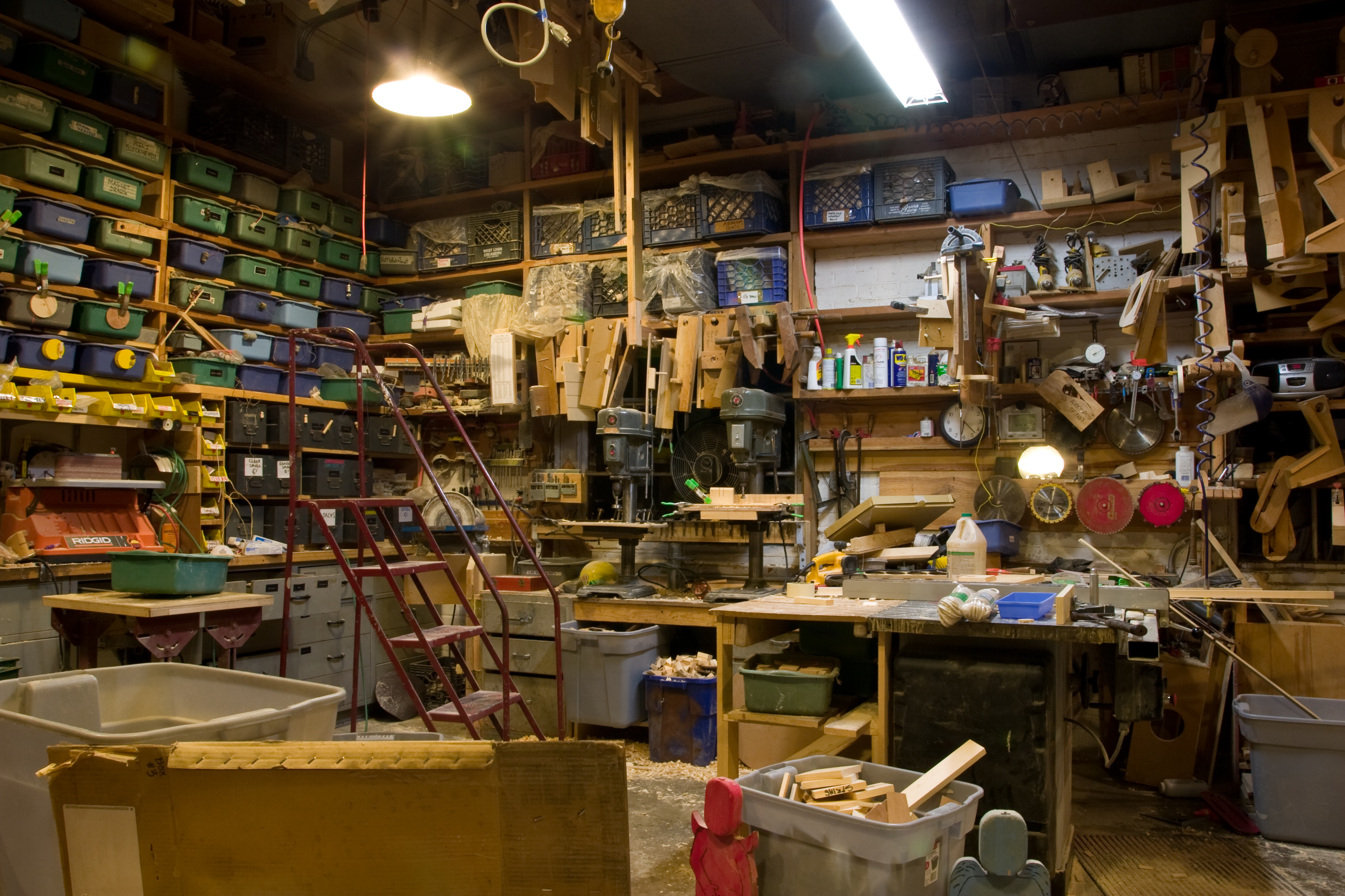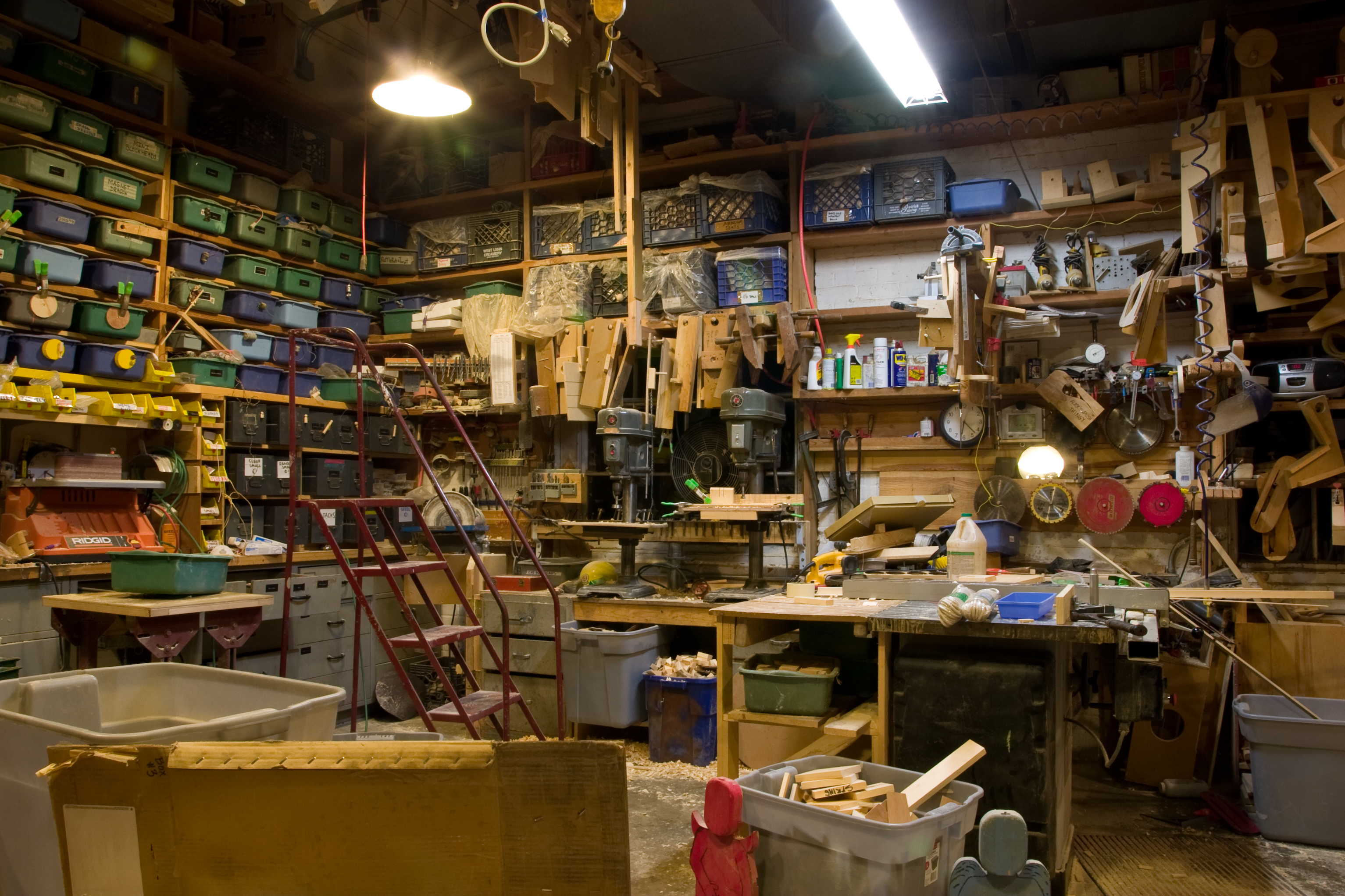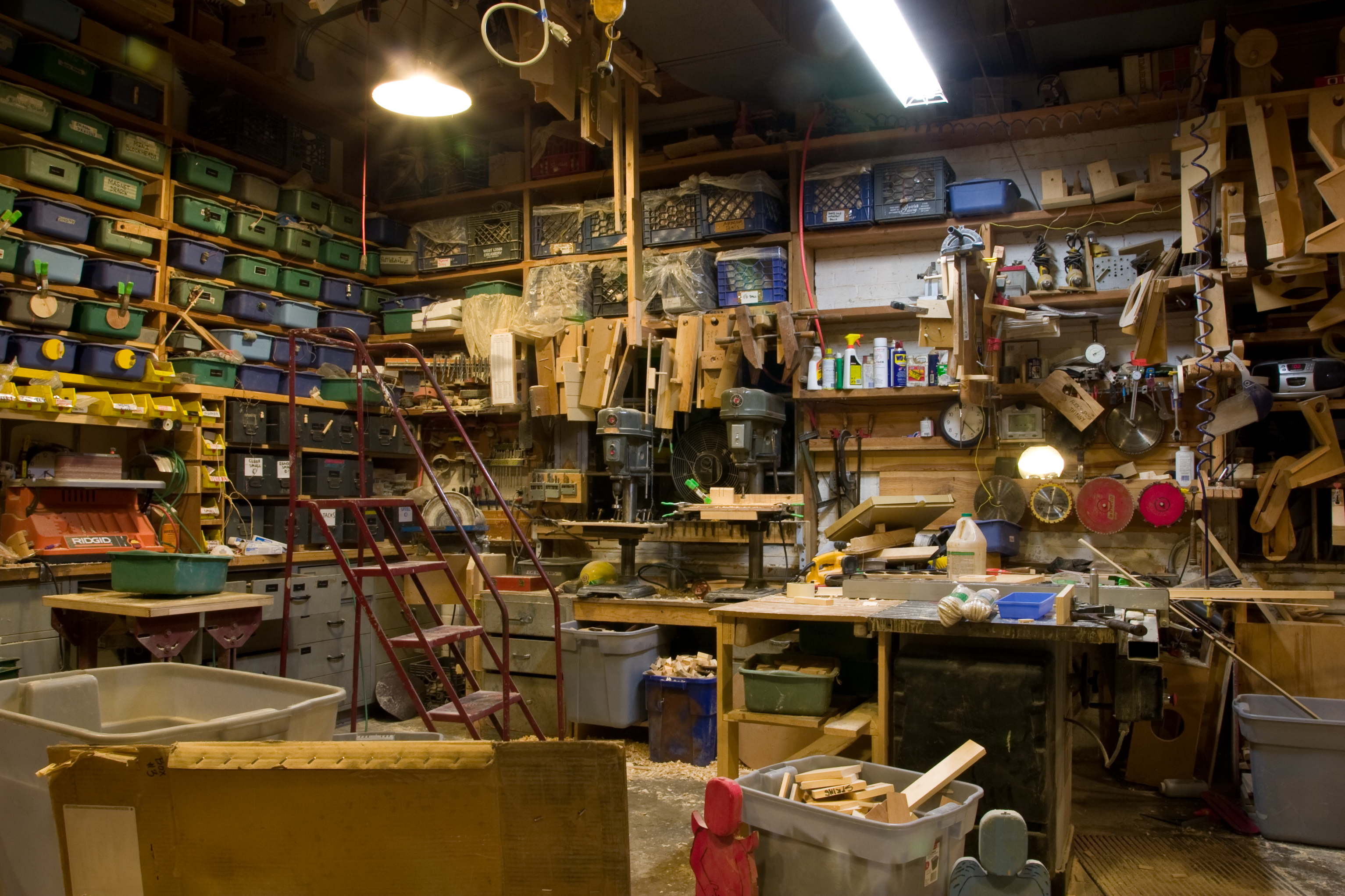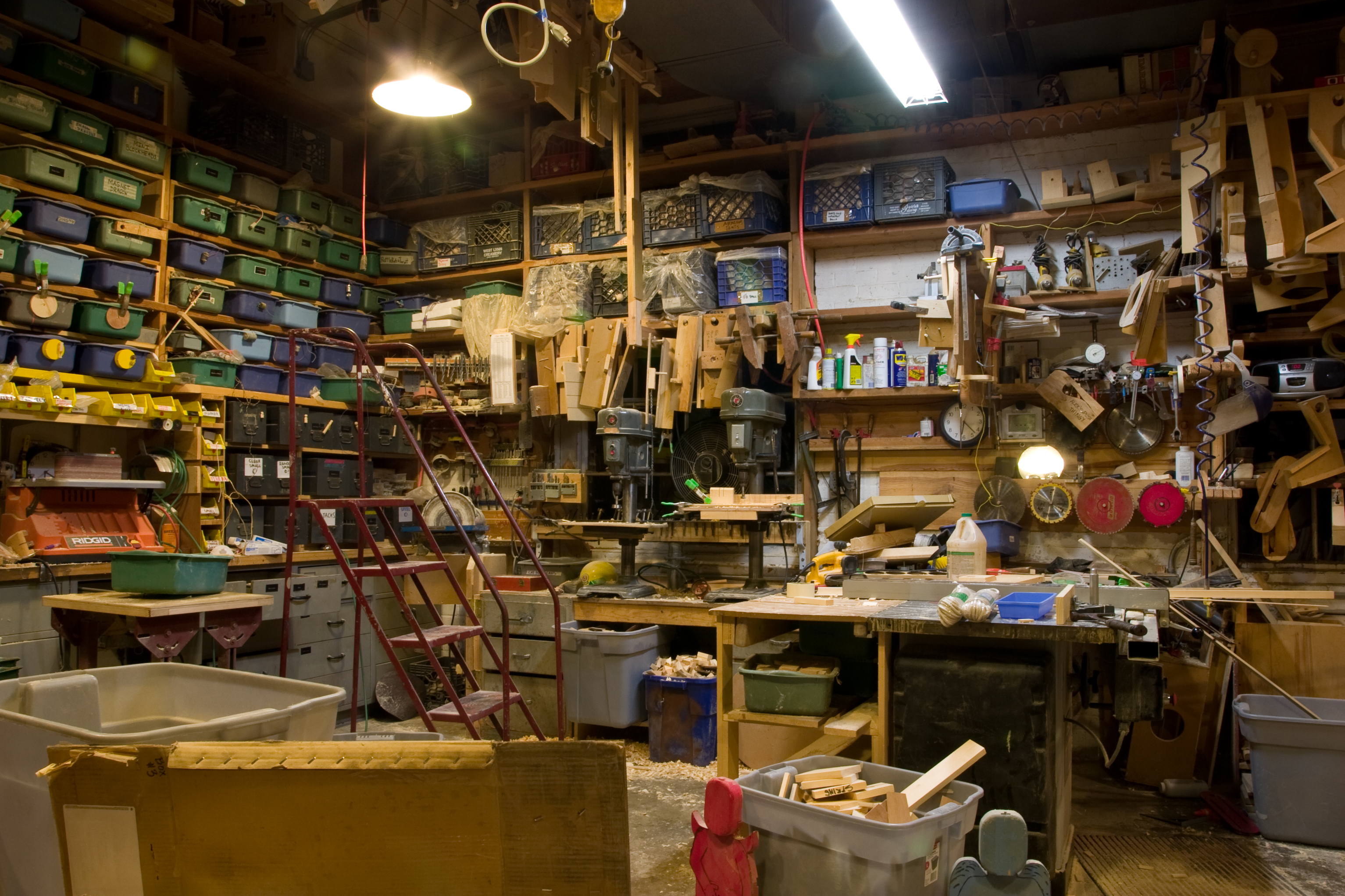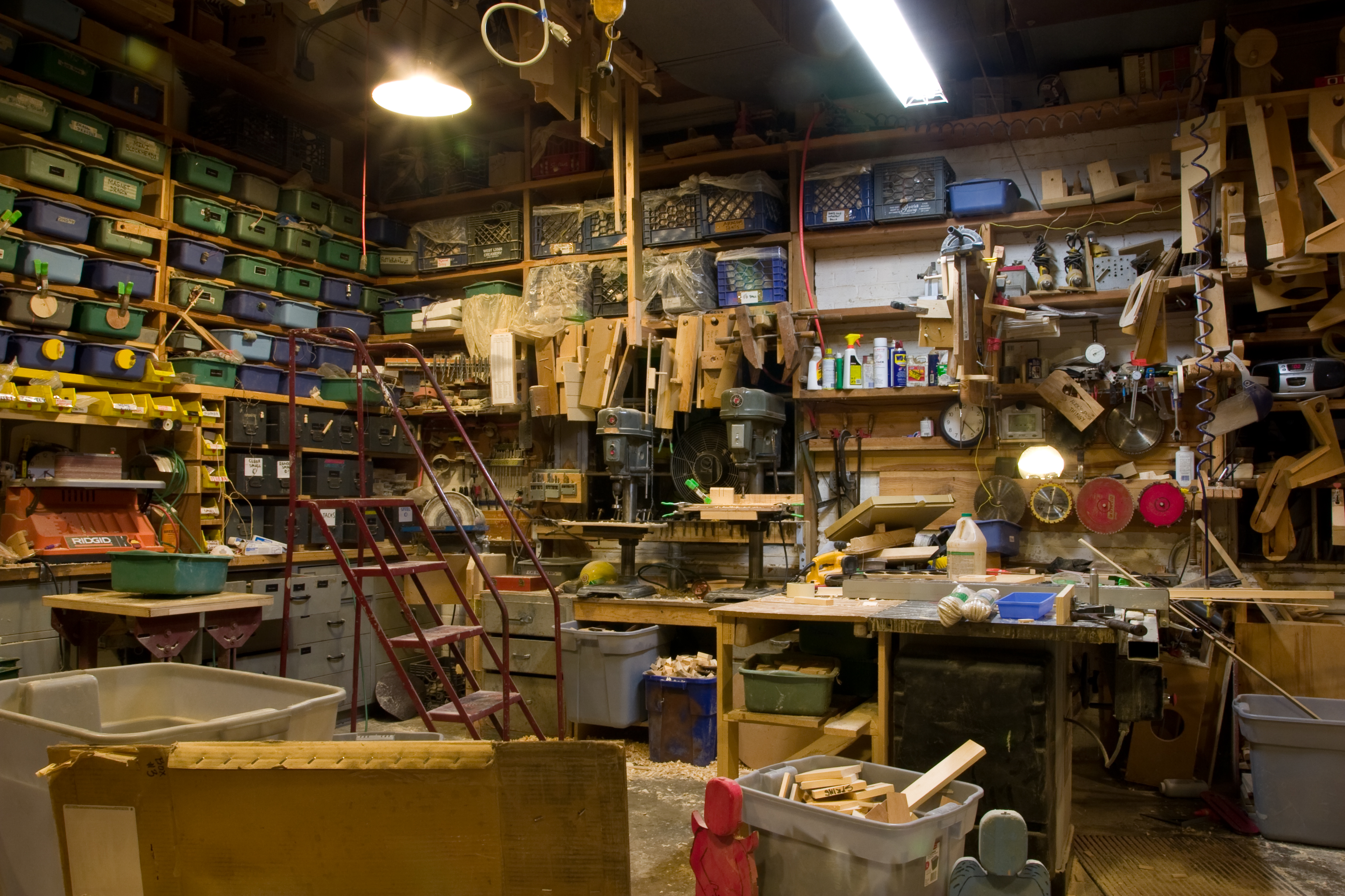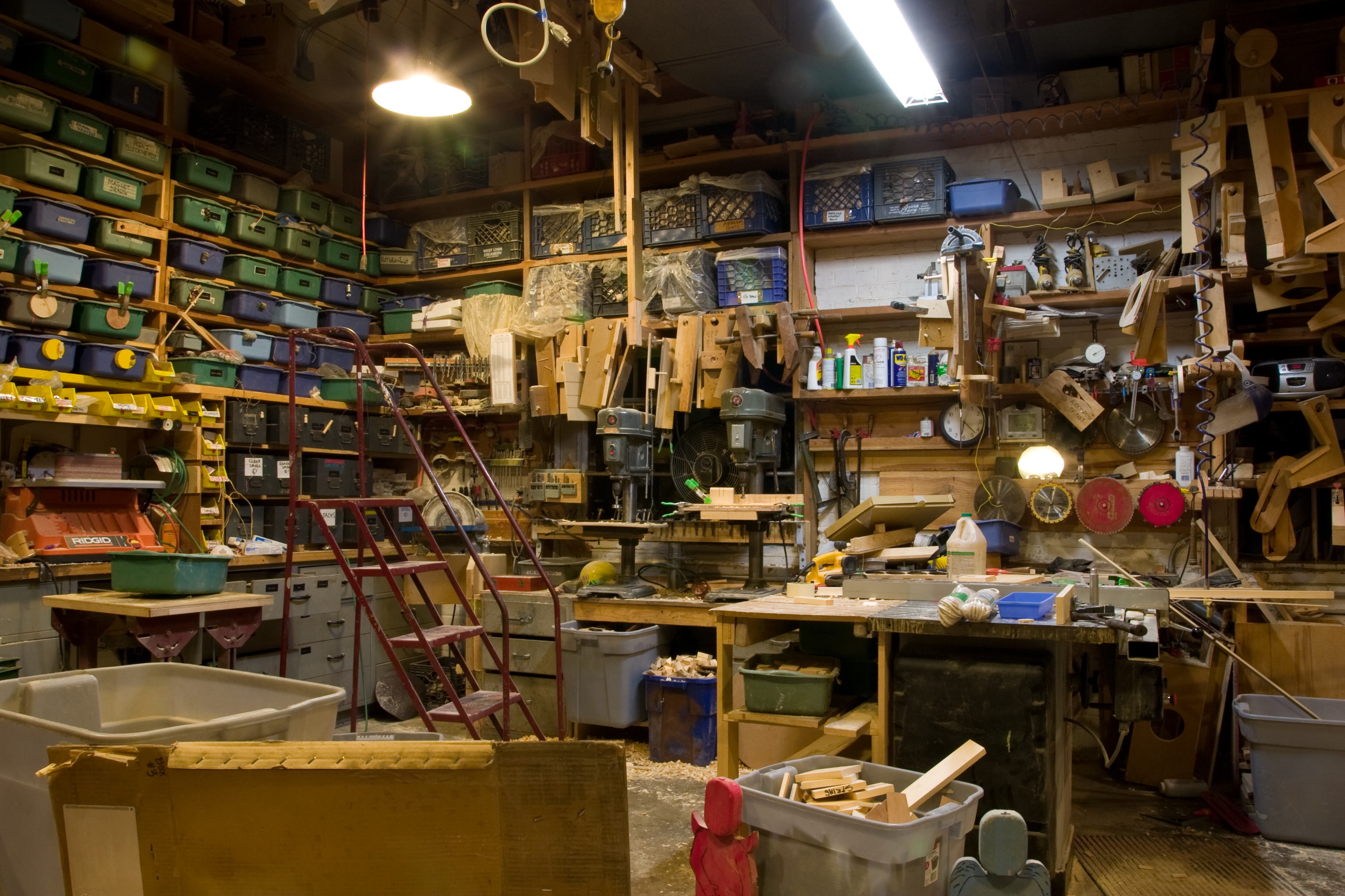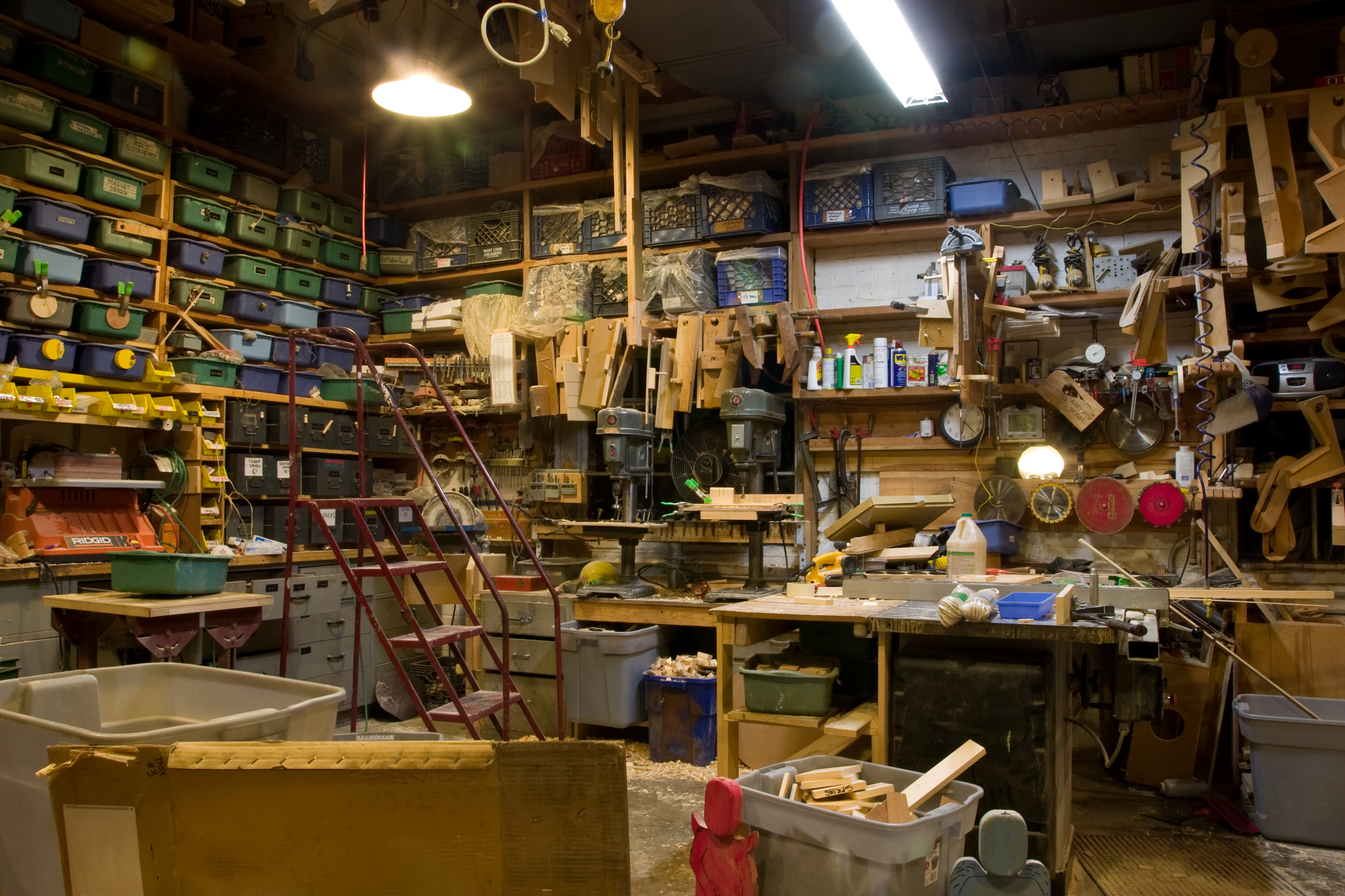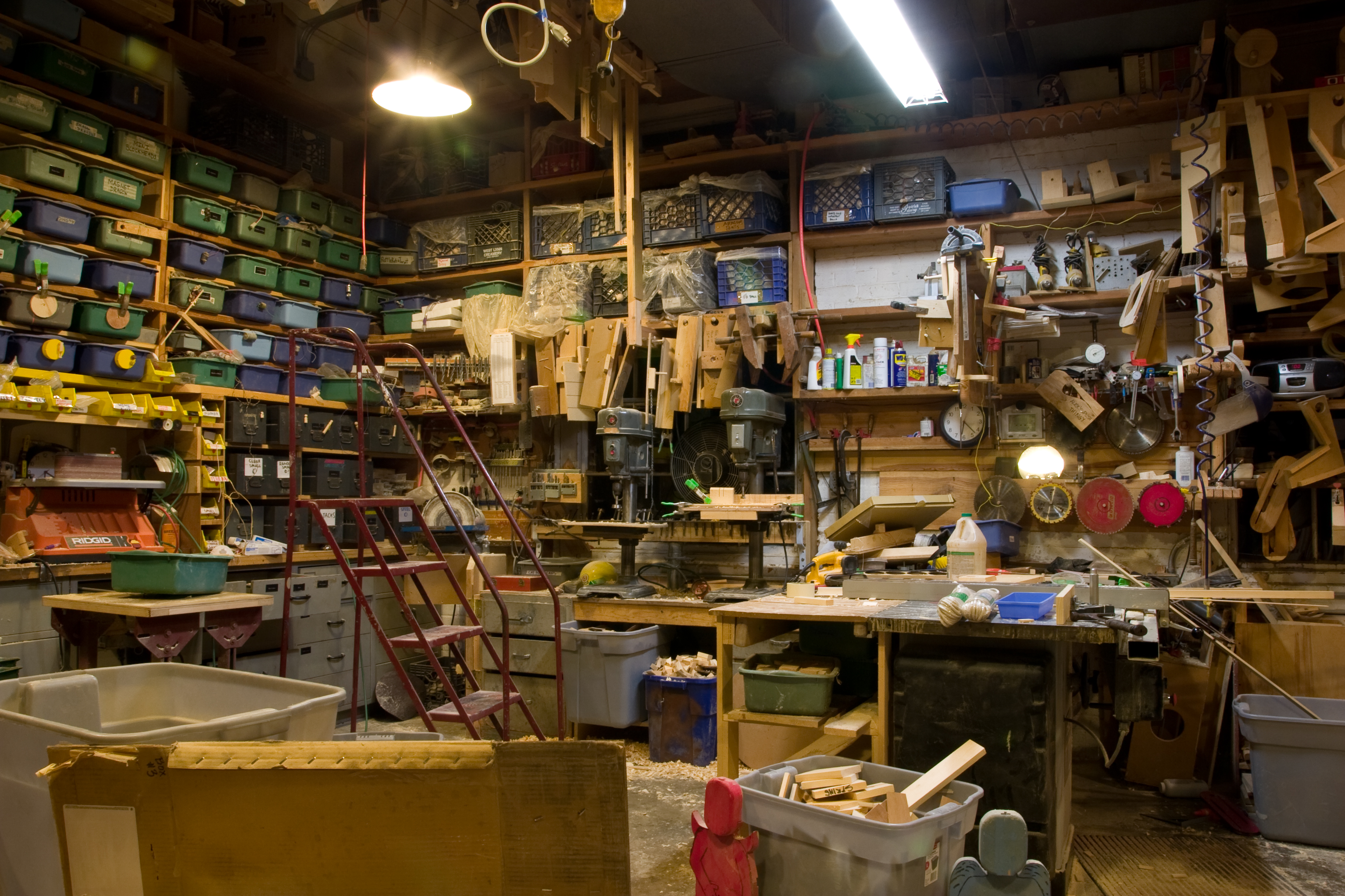Workshop environments present unique challenges when it comes to employee safety and protection. From mechanical workshops and fa…
Restoration Workshop Insurance: Complete Coverage Guide for Specialist Restoration Businesses
Restoration workshops face unique risks that standard business insurance policies often fail to address adequately. Whether you're restoring vintage furniture, classic vehicles, antique machinery, or historical artifacts, your specialized business requires tailored insurance coverage that understands the intricacies of restoration work.
Understanding Restoration Workshop Risks
Restoration workshops operate in a high-stakes environment where irreplaceable items worth thousands or even millions of pounds pass through your hands daily. The risks you face are multifaceted and often interconnected, requiring comprehensive insurance protection.
Property and Asset Risks
Your workshop houses valuable client property alongside your own tools, equipment, and premises. Fire damage could destroy centuries-old antiques, while theft could result in the loss of irreplaceable historical items. Water damage from burst pipes or flooding poses another significant threat, particularly to wooden furniture, textiles, and paper-based items.
Professional Liability Concerns
Restoration work requires expert knowledge and skilled craftsmanship. A single mistake in technique, material selection, or handling could permanently damage or destroy a priceless item. Clients may hold you liable for any reduction in value, complete loss, or damage that occurs during the restoration process.
Operational Hazards
Restoration workshops typically use specialized chemicals, solvents, and equipment that present fire and health hazards. Power tools, lifting equipment, and chemical processes create risks for both employees and visitors. The combination of valuable items and hazardous processes creates a complex risk environment.
Essential Insurance Coverage Types
Commercial Combined Insurance
Commercial combined insurance forms the foundation of restoration workshop protection, bundling multiple coverage types into a comprehensive policy. This typically includes buildings insurance for your premises, contents insurance for your tools and equipment, and business interruption coverage to protect your income if operations cease due to an insured event.
For restoration workshops, ensure your commercial combined policy includes adequate coverage limits for the high-value items you handle. Standard policies may have sublimits that prove insufficient for valuable antiques or collectibles.
Professional Indemnity Insurance
Professional indemnity insurance is crucial for restoration workshops, protecting against claims arising from professional negligence, errors in judgment, or failure to meet professional standards. This coverage responds when clients allege that your restoration work has diminished the value of their property or failed to meet agreed specifications.
Coverage should extend to defense costs, which can be substantial in disputes involving high-value items. Consider policies that include cover for previous work, as restoration issues may not become apparent until years after completion.
Bailee's Insurance
Bailee's insurance specifically covers client property while in your care, custody, or control. This specialized coverage is essential for restoration workshops, as you're legally responsible for client property from the moment it enters your premises until it's returned.
Standard business insurance policies typically exclude or severely limit coverage for property belonging to others. Bailee's insurance fills this gap, providing coverage for damage, theft, or loss of client property regardless of fault.
Public Liability Insurance
Public liability insurance protects against claims from third parties who suffer injury or property damage due to your business operations. For restoration workshops, this might include visitors injured by workshop hazards, delivery drivers hurt while collecting items, or damage to neighboring properties from chemical spills or fires.
Ensure your public liability coverage includes pollution liability, as restoration chemicals and processes can cause environmental damage that triggers expensive cleanup costs and third-party claims.
Employers' Liability Insurance
If you employ staff, employers' liability insurance is legally required and protects against claims from employees who suffer work-related injuries or illnesses. Restoration workshops present various occupational hazards, from chemical exposure to repetitive strain injuries from detailed work.
Coverage should extend to temporary workers, apprentices, and volunteers who may assist with restoration projects. Consider enhanced coverage for occupational diseases that may develop over time due to chemical exposure.
Cyber Insurance
Modern restoration workshops increasingly rely on digital systems for client communications, project documentation, and business operations. Cyber insurance protects against data breaches, system failures, and cyber attacks that could disrupt your business or compromise client information.
Coverage should include business interruption protection, as system downtime can prevent you from completing restoration projects on schedule. Consider coverage for digital restoration records and photographs that document your work process.
Specialized Coverage Considerations
Transit Insurance
Restoration items often require transportation between your workshop and client locations, museums, or exhibition venues. Transit insurance covers items while in transit, including loading and unloading operations.
Ensure coverage extends to specialized transport requirements, such as climate-controlled vehicles for sensitive items or security transport for high-value pieces. Consider coverage for items temporarily stored at third-party locations during complex restoration projects.
Fine Art and Antiques Coverage
Standard insurance policies may not adequately value or cover fine art, antiques, and collectibles. Specialized fine art coverage provides agreed value protection based on professional appraisals, ensuring adequate compensation if items are damaged or lost.
This coverage should include protection for appreciation in value during restoration, as your work may significantly increase an item's worth. Consider coverage for pairs and sets, where damage to one item affects the value of related pieces.
Contract Works Insurance
For restoration workshops undertaking on-site work, such as architectural restoration or large-scale conservation projects, contract works insurance covers the restoration work itself and provides liability protection for work performed away from your premises.
Coverage should extend to temporary structures, scaffolding, and specialized equipment used during on-site restoration. Consider coverage for delay in completion due to insured events.
Risk Management Strategies
Security Measures
Implement comprehensive security systems including CCTV, alarm systems, and access controls. Many insurers require specific security measures for workshops handling high-value items. Consider secure storage areas for the most valuable pieces and implement strict key control procedures.
Document all security measures and maintain regular testing schedules. Insurers may offer premium discounts for workshops with enhanced security systems that exceed minimum requirements.
Fire Prevention
Install appropriate fire detection and suppression systems designed for workshops using flammable materials. Consider specialized suppression systems that won't damage sensitive restoration items. Maintain proper storage for chemicals and solvents, following manufacturer guidelines and regulatory requirements.
Regular fire safety training for all staff is essential, particularly given the unique challenges of evacuating valuable items during emergencies. Develop and practice emergency procedures that prioritize both human safety and asset protection.
Documentation and Record Keeping
Maintain detailed photographic records of all items before, during, and after restoration. This documentation serves multiple purposes: supporting insurance claims, demonstrating your professional standards, and providing evidence of item condition and value.
Digital records should be backed up regularly and stored securely. Consider cloud-based storage systems that provide access to records even if your premises are damaged. Detailed records can significantly expedite insurance claim settlements.
Staff Training and Qualifications
Ensure all staff receive appropriate training in handling valuable and fragile items. Professional qualifications and ongoing education demonstrate your commitment to industry standards and may influence insurance terms.
Document all training provided and maintain records of staff qualifications. Some insurers offer favorable terms for workshops where staff hold recognized professional certifications.
Choosing the Right Insurance Provider
Industry Expertise
Select insurers with specific experience in restoration workshop insurance. Generic commercial insurers may not understand the unique risks and coverage requirements of restoration businesses. Specialist insurers can provide tailored coverage and more accurate risk assessment.
Look for insurers who work with museums, galleries, and other cultural institutions, as they'll understand the specialized nature of restoration work and the value of cultural artifacts.
Claims Handling Experience
Investigate potential insurers' claims handling procedures, particularly for high-value items and complex restoration disputes. Ask about their network of specialist assessors and their experience with restoration-related claims.
Consider insurers who offer agreed value settlements for unique items, as market value assessments can be challenging for one-of-a-kind pieces. Quick claims settlement is crucial when valuable client property is involved.
Coverage Flexibility
Choose insurers who can adapt coverage to your specific restoration specialties and business model. A furniture restoration workshop has different needs than an automotive restoration facility or a fine art conservation studio.
Look for policies that can be adjusted as your business grows or changes focus. Seasonal adjustments may be necessary if your work varies throughout the year.
Cost Factors and Premium Considerations
Valuation Methods
Insurance premiums reflect the values at risk in your workshop. Accurate valuation of both your own assets and typical client property is essential for appropriate coverage limits. Consider professional appraisals for high-value equipment and maintain updated valuations for insurance purposes.
Some insurers offer blanket coverage limits that adjust automatically for fluctuations in workshop contents, while others require specific scheduling of high-value items.
Risk Mitigation Credits
Many insurers offer premium discounts for workshops that implement risk mitigation measures beyond minimum requirements. Enhanced security systems, fire suppression equipment, staff training programs, and professional certifications may all qualify for discounts.
Document all risk mitigation measures and discuss potential premium credits with your insurer. The cost of implementing additional safety measures may be offset by insurance savings.
Deductible Considerations
Higher deductibles can significantly reduce premium costs, but consider your ability to absorb losses up to the deductible amount. For workshops handling extremely valuable items, even small damages can exceed typical deductible amounts.
Consider different deductible levels for different types of coverage. You might accept higher deductibles for property damage while maintaining lower deductibles for professional liability claims.
Regulatory and Compliance Considerations
Professional Standards
Many restoration specialties have professional bodies that set standards for training, ethics, and practice. Compliance with these standards may be required by insurers and can influence coverage terms and premium rates.
Stay current with industry standards and maintain appropriate professional memberships. Document your compliance with relevant standards and share this information with your insurer.
Environmental Regulations
Restoration workshops must comply with environmental regulations governing chemical use, waste disposal, and emissions. Non-compliance can void insurance coverage and result in significant penalties.
Maintain current permits and licenses, and ensure all staff understand regulatory requirements. Consider environmental liability coverage to protect against regulatory violations and cleanup costs.
Health and Safety Requirements
Comply with all relevant health and safety regulations, including those specific to chemical handling, equipment operation, and workplace safety. Regular safety audits and training programs demonstrate your commitment to maintaining a safe workplace.
Document all safety procedures and training provided. Some insurers require evidence of health and safety compliance as a condition of coverage.
Claims Process and Documentation
Immediate Response Procedures
Develop clear procedures for responding to incidents that may result in insurance claims. Immediate notification to insurers is typically required, and delays in reporting can affect coverage.
Train staff on proper incident response, including securing the scene, documenting damage, and preserving evidence. Quick response can minimize damage and expedite the claims process.
Expert Assessment
For claims involving valuable or unique items, insurers typically engage specialist assessors with relevant expertise. Cooperate fully with assessors and provide all requested documentation and access.
Consider engaging your own expert assessors for high-value claims to ensure fair settlement. The cost of independent assessment may be recoverable under your policy.
Business Continuity Planning
Develop plans for continuing operations during the claims process. This might include arrangements for temporary premises, equipment rental, or subcontracting work to other restoration specialists.
Business interruption coverage can provide financial support during the recovery period, but having practical continuity plans in place minimizes disruption to client relationships and ongoing projects.
Future Considerations and Emerging Risks
Technology Integration
As restoration workshops increasingly adopt new technologies, from 3D scanning to advanced analysis equipment, insurance coverage must evolve to protect these investments. Consider how new technologies affect your risk profile and coverage needs.
Digital documentation and virtual reality applications are becoming common in restoration work. Ensure your cyber insurance covers these new technologies and the data they generate.
Climate Change Impacts
Climate change increases the risk of extreme weather events that can damage workshops and the valuable items they contain. Consider how changing weather patterns might affect your business and whether additional coverage is needed.
Flood risks may increase in previously safe areas, while extreme temperatures can affect climate-sensitive restoration materials and completed work.
Market Value Fluctuations
The market for antiques, collectibles, and restored items can be volatile. Ensure your coverage keeps pace with changing values and consider agreed value policies for items where market valuation is difficult.
Regular revaluation of both your own assets and typical client property ensures adequate coverage limits and appropriate premium calculations.
Conclusion
Restoration workshop insurance requires careful consideration of unique risks and specialized coverage needs. The combination of valuable client property, professional liability exposure, and operational hazards creates a complex insurance requirement that generic business policies cannot adequately address.
Working with experienced insurance professionals who understand the restoration industry is essential for developing appropriate coverage. Regular review of your insurance program ensures that protection keeps pace with your business growth and changing risk environment.
The investment in comprehensive insurance coverage protects not only your financial interests but also your professional reputation and ability to continue serving clients who entrust you with their most valuable possessions. In the restoration business, proper insurance coverage is not just a business expense—it's an essential tool for preserving both cultural heritage and your professional legacy.


 0330 127 2333
0330 127 2333
